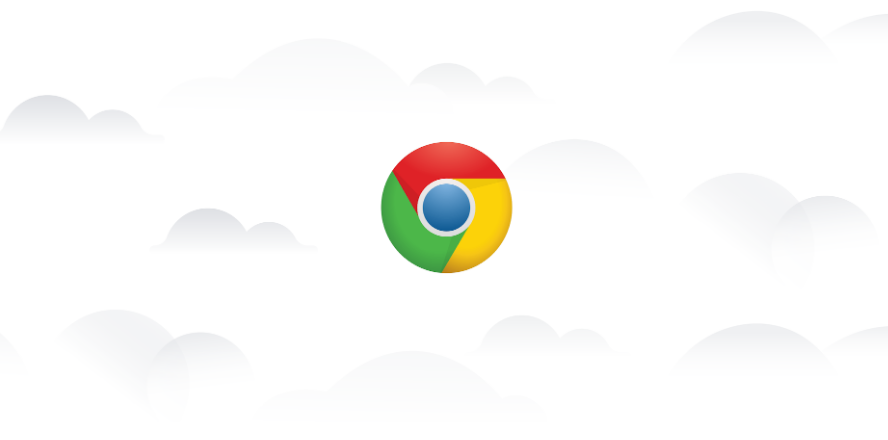 SECURITY
SECURITY
 SECURITY
SECURITY
 SECURITY
SECURITY
Google LLC today introduced a set of new features for ChromeOS that will help companies protect business data and employee devices from hackers.
The features made their debut at the annual RSA Conference in Las Vegas.
ChromeOS is a Google-developed operating system that uses the search giant’s Chrome browser as its main interface. It’s widely used in the education sector. Over the past few years, Google has sought to expand adoption of ChromeOS in the enterprise by adding tools that make the platform easier to secure and manage.
The new cybersecurity features the company debuted today extend that effort. The main highlight of the announcement is a tool called ChromeOS Data Controls. According to Google, it will make it easier to prevent business records from being used in an unauthorized manner.
The tool allows administrators to block users from copying and pasting data, taking screen captures or using screen-sharing tools. Printer access can be disabled as well. According to Google, ChromeOS Data Controls provides the ability to customize how and when each usage restriction is applied.
Administrators can configure ChromeOS to block copying and pasting only when employees interact with a particularly important business application. It’s also possible to apply usage restrictions to specific URLs. A company could, for example, prevent employees from pasting data into a cloud-based file storage service not approved by administrators.
ChromeOS allows companies to configure a different set of usage restrictions for each business unit. Administrators might allow printer access at one department, but block it for teams that don’t necessarily require the feature to perform their work. In other cases, ChromeOS can be configured to permit a certain user action but notify administrators when it occurs.
“Finance team members might need to share or print spreadsheets and documents they are working on,” Tony Ureche, the head of security, identity and privacy for ChromeOS, wrote in a blog post. “But members of other teams do not need this access, and to prevent user errors, admins can set up rules blocking specific users or groups from leaking this data.”
ChromeOS Data Controls is rolling out alongside an expanded set of privacy settings. In the operating system’s settings menu, users can now turn off their camera and microphone with one click. The feature is based on a similar privacy control that Google has implemented in Android.
As part of today’s update, Google is also releasing a set of integrations with external cybersecurity tools. The integrations will make it easier to integrate those tools with ChromeOS computer fleets.
Companies can now use CrowdStrike Inc.’s Falcon Insight XDR cybersecurity platform to monitor ChromeOS devices for malware. Falcon Insight XDR also supports Windows, Mac and Linux. Administrators can now centrally monitor ChromeOS devices and computers powered by other operating systems in a single console.
Enterprises use cloud-based security analytics platforms to detect breach indicators in their infrastructure. Such platforms analyze data from many different systems, including a company’s ChromeOS machines, to find signs of malicious activity. As part of today’s update, Google is making it easier to collect data from ChromeOS fleets.
The company is adding an integration that makes it easier to send security logs from the operating system to its Chronicle cybersecurity analytics platform. ChromeOS can send data about user logins and logouts, as well as USB activity and remote desktop access requests. Moreover, it can send the same information to CrowdStrike’s Falcon LogScale and Palo Alto Networks Inc.’s Cortex XDR security analytics platforms.
The final two integrations introduced today focus on application access management. According to Google, the integrations make it easier to implement the conditional access feature of Microsoft Corp.’s Azure Active Directory service. The conditional access feature allows users to access an application only if their devices meet certain predefined cybersecurity requirements.
THANK YOU